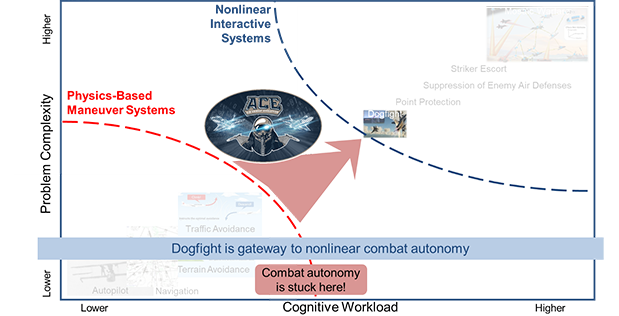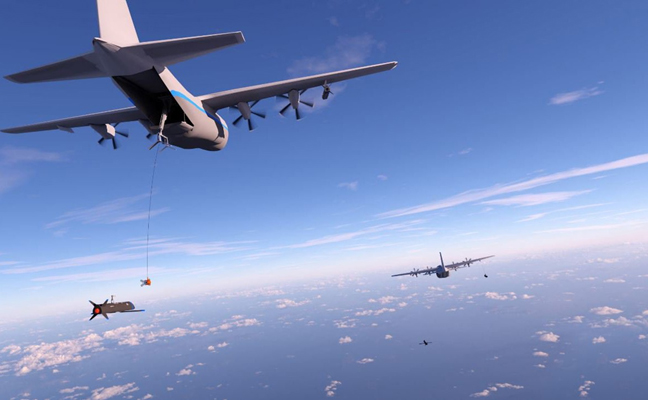The Ghost Fleet Overlord program was designed to accelerate the acquisition and adoption of Unmanned Surface Vehicles, USVs, for the US Navy. The program’s intention is to test USVs in an operational context and see how they augment the capabilities of manned vessels. This pairing of autonomous and manned warfighting supports a joint-capability, cross-domain vision for future operations. Overlord has allowed advanced prototyping and payload testing to be stress-tested through operational vignettes and demonstrate capabilities that USVs could provide. These efforts align with the Navy’s decision to field smaller, more distributed vessels that could individually perform a multitude of tasks and reconfigure as needed. Ventus personnel have served key roles in this effort since its inception. VES provides technical, operational, and program management expertise to repurpose/enhance existing programs of record, scale existing U.S. Government concepts for DoD missions, and accelerate maturing government/commercial technology.
Related articles:
[contentcards url=”https://gcaptain.com/navy-ghost-fleet-unmanned-ship-makes-second-long-range-trip/#:~:text=A%20U.S.%20Navy%20%E2%80%9CGhost%20Fleet,which%20was%20in%20autonomous%20mode.” target=”_blank”]
[contentcards url=”https://www.thedrive.com/the-war-zone/42254/video-of-ghost-fleet-ship-firing-an-sm-6-missile-from-a-modular-launcher-is-a-glimpse-of-the-future” target=”_blank”]
[contentcards url=”https://www.thedrive.com/the-war-zone/41543/the-pentagon-is-adding-two-more-large-unmanned-surface-vessels-to-its-ghost-fleet-program” target=”_blank”]
See the game-changing, cross-domain, cross-service concepts the Strategic Capabilities Office and @USNavy are rapidly developing: an SM-6 launched from a modular launcher off of USV Ranger. Such innovation drives the future of joint capabilities. #DoDInnovates pic.twitter.com/yCG57lFcNW
— Department of Defense 🇺🇸 (@DeptofDefense) September 3, 2021



